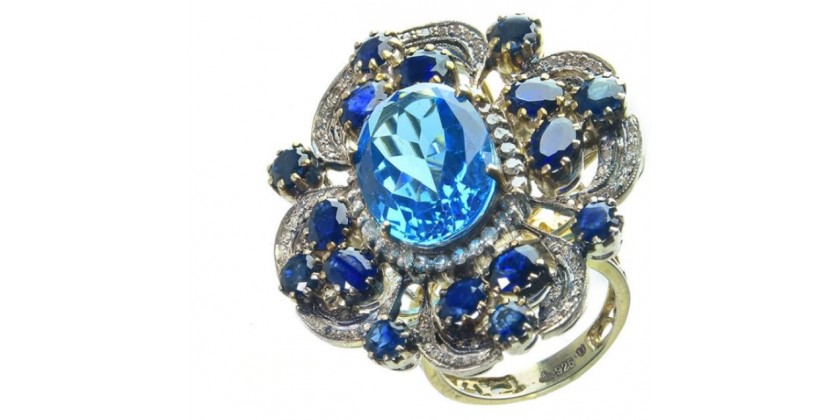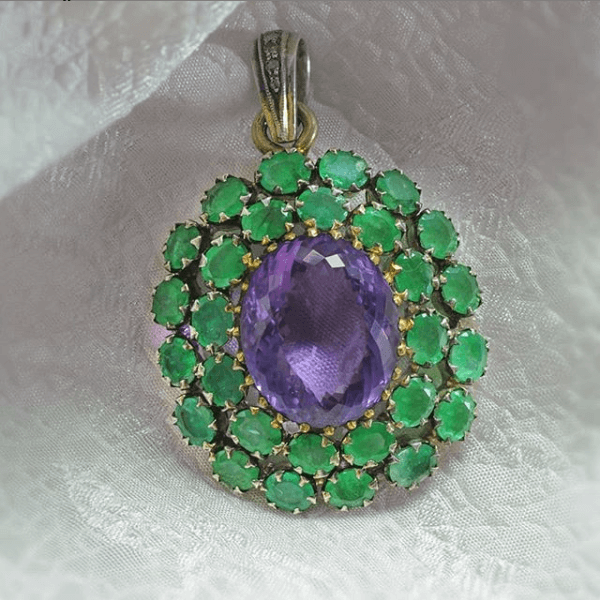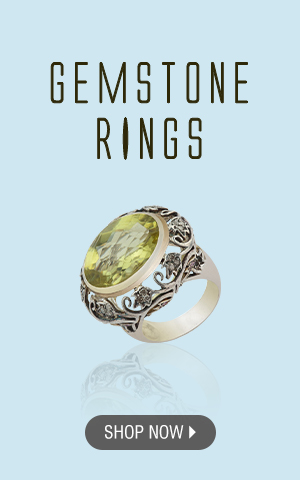

The Jewelry....Victorian Romantic Period 1837 - 1860
My blog this week is dedicated to showcasing some of the great jewels that emerged during the romantic Victorian era. Many of the pieces were made by hand, but more and more jewelry was made through the faster and cheaper use of machinery.
I hope you like the timeline that I have included in my blogs. It's supposed to add a little more history to what was happening at this exciting time.

1852: Louis Napoleon becomes Napoleon III, the beginning of the Second French Empire.
1852: Bog-Oak's patented hot-pressing machine.
1852: Tiffany & Co. introduced the British standard in English to the United States.
1853: Commodore Matthew Perry sails the US fleet to Japan; Open east-west trade relations.
1853: Crystal Palace exhibition in New York, inspired by the London exhibition.
1853: Discovery of demantoid garnet in the Urals, identified as green and radius in 1864, called demantoid in 1878.
The romantic Victorian period evening gown of the 1830s and '40s dictated the slowdown in the manufacture and use of earrings.
Victorian women generally wore split hair in the middle, with most of the hair on the sides covering the ears.
Also, wearing large hats prevented earrings from being worn during this time and only a few were made.
In the 1850s, the hair fell out of the face and smaller earrings reappeared and became a fashion necessity again.

1853: Documented Bloomed Gold process.
1854: Results of the first of Henri Ste. Claire Deville.
1854: Samuel Peck patent for daguerreotype cases with shellac composition.
1854: The use of 15, 12, and 9-carat gold is legal in England.
1855: World Exposition in Paris, the first exposition of aluminum articles.
Ironworkers paid tribute to Victorian women in the Middle Ages and were worn permanently from 1830 to 1845.
The hardware consisted of chains or cords that were worn around the head and a single gem dangled from its foreheads.
The portrait above shows Angelica Singleton Van Buren as an ironworker in 1842.

1855: R.W. Bunsen begins to use the gas and air burner, which is his namesake.
1855: Grant of patents for Bois Durci, Parkesine, and Artificial Coral.
1855: Theodore Fahrner founds a jewelry factory in Pforzheim.
1855: first aluminum jewel made in France
1856: Wm. Perkin accidentally discovers the first synthetic aniline (coal tar) dye, purple.
Victorian tiaras were made as a semicircle that framed the face rather than sitting on top of the head like a crown.
These beautiful jewels were designed with flowers and berries. Other Gothic styles were made in the early 1840s.
Notice the beautiful diamond flower tiara that Queen Amelie of Greece wore in 1836 in the portrait above.
1857: The financial panic of 1857 affects all American industries.
1857: Furnace for melting platinum and its alloys, developed by Henri Ste. Clair Deville.
1857: A patented machine for making snake chains in the United States.
Necklaces were a very popular gem in the Victorian Romantic period.
Snake necklaces with amazing gold and turquoise scales slipped near the neck.
The rivers with pearl strands, coral pearls and cameos were very popular with Victorian women.
The pendants and medallions were hung on chains or ribbons with drawings of insects and flowers.

1858: first attempt to lay the transatlantic cable.
1858: Boucheron is founded in Paris.
1859: Construction of the Suez Canal begins.
This antique brooch from the 1850s has all the features of the early Victorian era, including a romantic setting, colored gemstones, and of course diamonds. Featuring strong Burmese rubies, striking Ceylon sapphires with a brilliant light blue color, and a stunning emerald in a central position, this powerful brooch is brilliant but elegant. With a dominant sense of authority, its shape resembles a British medal of honor.
Brooches were generally great in romance and generally had a loop or hook so they could be used as a pendant.
Victorian women liked large, elongated, oval shapes with diamond-covered pendants and tassels.
The cheapest brooches with wavy enamel ribbons or turquoise and pearl knots fit into the new class of Victorian fashion.
1859: Discovery of Comstock Lode Silver in Nevada.
1859: Discovery of the jewels of Queen Ah-Hotep of Egypt.
1859: First attempt to found a jewelry union in the United States without success until 1900 (International Jewelry Workers Union of America)

Victorian c. Swiss Pinchbeck Flower Bracelet from the 1840s with Black and White Enamel, 7-1 / 4 "x 2".
Bracelets were the most popular romantic jewelry.
Used as a group. Couples that sometimes fit and wear at all times, during the day on the bare wrist, at night with gloves.
Woven pearls and pearls, headdresses, ribbons, and bracelets made of woven mesh with elaborate clasps, often featuring a miniature portrait or cameos, were everywhere.
Beautiful Jarretiere bracelets and bracelets with buckles featured highly detailed enamel and engraving work.
The exclusive flexible bracelets and extension bracelets became more popular as they could be adapted to any part of the arm with or without gloves.
1860: English patent for a machine for the production of stone crimping pliers, which was granted to the French Bouret and Ferre.
1860: Henry D. Morse opens the first American diamond grinding workshop in Boston and develops standards for American cylindrical grinding from 1872 to 1875.
Olivia Collings | 18-carat gold, amethyst and diamond ring from the 1840s
Snakes also appeared in the form of rings during the romantic period.
Popular for the queen engagement ring in snake style with emerald rivets.
1860: Emperor Maximilian buys diamonds from Emperor Maximilian and Maximilian in Brazil.
1860: Fouquet opens a store.
1860: Ernest Gallard takes over his father's boutique in Paris.



















